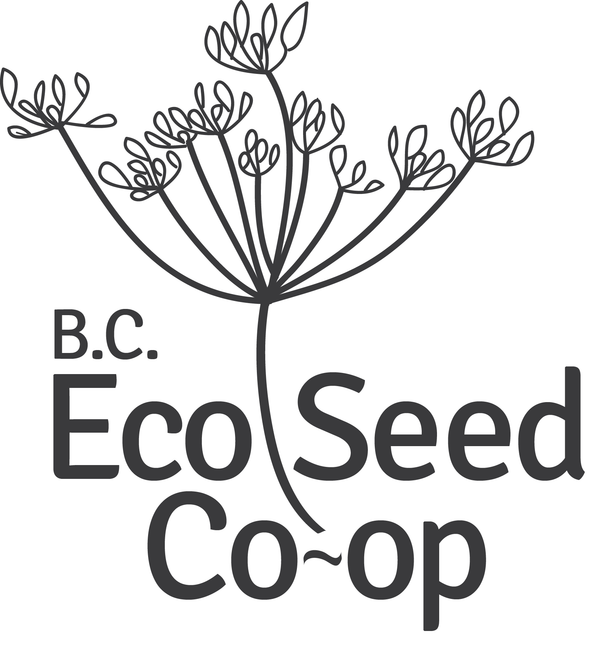Photo by Hannah Lewis
If you’re looking to help increase the pollinator population in your area there is a whole world of information you can find. In this post we’ll focus on small actionable steps and conscious choices you can make that will offer the pollinators habitats and food sources.
Who Are the Pollinators?
Quite often when we think of pollinators we’re thinking of bees. But the world of pollinators also includes hummingbirds, butterflies, beetles, flies, birds, wasps, bats (in some countries), and other small mammals.
What is Pollination?
Did you know that one in every three bites of food we eat is a product of pollination? Pollinator species provide humans a great service- distributing pollen between plants in an interaction that is crucial for the plants to create seeds for their next generation. The plant’s flowers provide sugary nectar which give pollinators energy, and pollen which offers them fat and proteins.
How Can You Help?
When choosing plants that will welcome pollinators to your landscape buffet, here are four things to keep in mind:
1. Add Plants Native to Your Area
Do some research to find which plants are unique to where you live. Choosing plants that are native to your area means celebrating what has grown there for generations, withstanding the weather, soil, and disease conditions that challenged them along the way. Since they have adapted to your area, they are well acquainted with the local wildlife, bee, and butterfly populations and work to sustain them. Contact your local native plant society for more information on what is native to your area.
2. Options Offer Opportunities
Select a variety of options varying in size, height, colour, shape, and bloom times. Bees have excellent colour vision and gravitate toward hues of violet, purple, and blue as well as white and yellow. Hummingbirds are attracted to red hues (you know that ubiquitous red feeder?). The length of a bees tongue also varies between bee species. Choosing a range of flower and plant shapes will be sure to welcome a diverse pollinator population.
Selecting varieties that will have staggered bloom times also offers a selection of food. Incorporating varieties that will bloom earlier in the spring will offer sustenance when there is little food, other than dandelions, available to them. Consider plant height in your selections. Curating plants that have height variations will offer pollinators shelter in different ways.
3. Plant in Patches
Design a floral ‘target’, meaning to plant flowers in patches (about 1 square meter), rather than broadcasting them widely, as this will help pollinators narrow in and find them.
4. Don’t Muss About Mess
A messy spot in your yard can provide a habitat and some nutrients to ground nesters and some weeds can provide food for pollinators. Don’t be too quick to remove all the leaf litter.
For more resources and education about pollinators visit the Pollinator Partnership to learn more!
Wondering which flowers in our collection will contribute to your pollinator paradise? Download the guide to our flower collection for all of the info.


